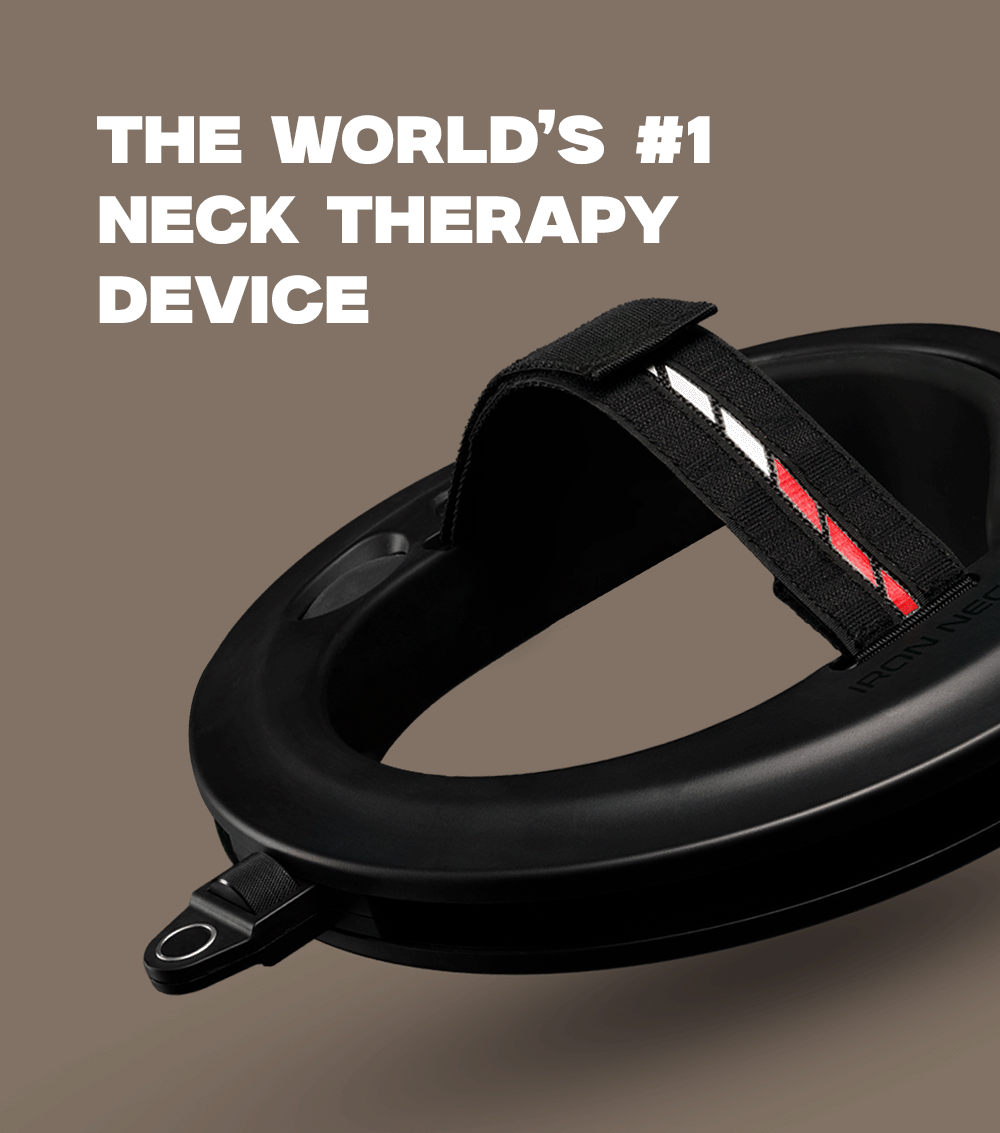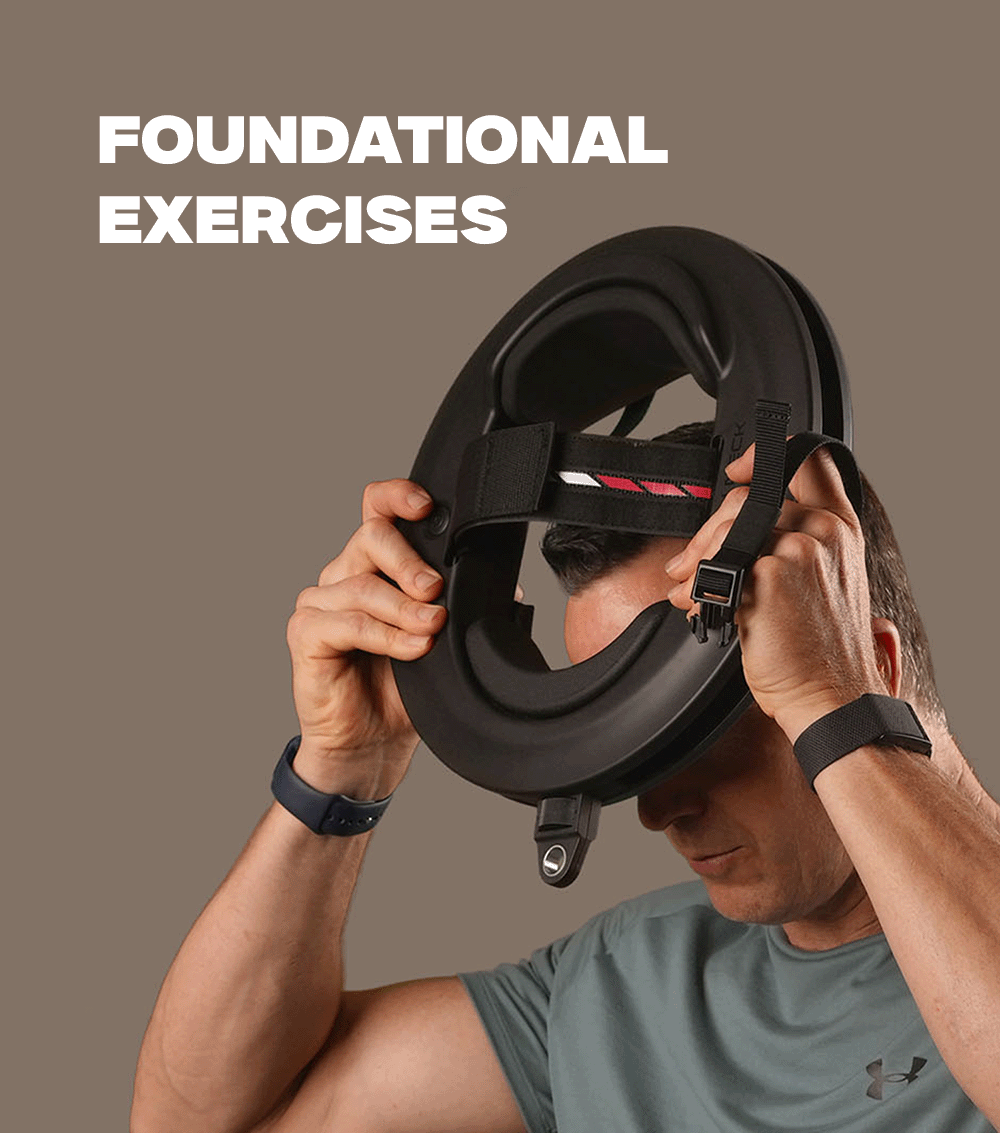If your neck feels sore every time you drive, you’re not alone and no, it’s not something you have to just live with. Whether it’s a quick commute or a longhaul road trip, neck pain behind the wheel is surprisingly common. The culprit isn’t always the drive itself, but how your body is positioned during it. The good news? A few small tweaks in posture, movement, and strength can make a huge difference in how you feel on the road (Alshahrani et al., 2024; Vosoughi et al., 2019).
Why Driving Wrecks Your Neck (and What You Can Do About It)
Neck pain while driving isn’t just uncomfortable it’s a signal that your body is under strain it wasn’t built to hold (Krause et al., 1997).
When you sit for extended periods, especially with poor posture, your head often shifts forward, your shoulders tense up, and your upper back rounds. That setup puts your neck muscles in overdrive. Over time, they fatigue, tighten, and send pain signals you can’t ignore. This type of strain is closely related to forward head posture, one of the most common causes of chronic neck discomfort (Mahmoud et al., 2019; Alshahrani et al., 2024).
According to research published in The Journal of Rheumatology, one in five drivers experience neck pain tied to time spent in the car (Aafreen et al., 2023). Factors like slouching, low lumbar support, and misaligned headrests are major contributors (Tariq et al., 2024).
The upside? Once you understand the cause, you can correct it. A few simple adjustments to your driving setup combined with strengthbuilding habits can reduce tension, improve posture, and make every ride feel better (Johnston et al., 2022; Tsang et al., 2018).
Set Your Car Up for Comfort
One of the most effective ways to unveil your potential behind the wheel is by adjusting your car for optimal comfort and neck support. This begins with configuring your seat and its components correctly (Physio Med, n.d.).
- Seat Adjustments: Your seat should be positioned so that your hips are slightly higher than your knees, promoting a natural posture (Ergonomic Tips for Driving, Wisconsin Dept. of Administration, 2018).
- Headrest Positioning: The headrest should support the back of your head without forcing your neck forward. The top of the headrest should ideally align with the top of your head, reducing strain during your drive (How to Properly Adjust Your Head Restraint, NRSPSP, 2014).
- Mirror Alignment: Ensure your mirrors are positioned to minimize twisting your neck. Effective positioning can keep your head and neck in a more neutral position, enhancing overall comfort (Physio Med, n.d.).
By tailoring your driving environment, you empower yourself to maintain a balance that supports your neck and subsequently reduces discomfort (Physio Med, n.d.).
Do These Quick Exercises to Reset Your Neck
Transform your commute into an opportunity for improved posture with targeted exercises that awaken the muscles in your neck. Incorporating simple stretches can be a game changer (Chen et al., 2018; Teichert et al., 2023).
1. Upper Trapezius Stretch
While sitting, tilt your head gently to one side (ear to shoulder), hold for a few seconds, then switch sides. This simple move helps release pressure in the muscles that tighten first during stress or slouching (Ray et al., 2020; Yanase et al., 2021).

2. Seated Rotations
Sit tall and turn to look over each shoulder, pausing for a few seconds on each side. It’s a quick way to restore mobility and remind your body how to move freely again (Tunwattanapong et al., 2016; Martín-Gómez et al., 2019).
These exercises require minimal time and effort, yet they yield significant results, allowing you to embrace a driving experience free of discomfort (Mueller et al., 2023; Villanueva-Ruiz et al., 2021).

Lifestyle Habits That Help Prevent Neck Pain
More than just ergonomic adjustments and stretches, lifestyle habits play a crucial role in your ongoing well being. Empower your journey by embracing a holistic approach to neck health.
-
Hydration matters staying hydrated improves muscle elasticity and keeps stiffness at bay (Alagingi, 2022).
-
Break the long-haul pattern—every 1–2 hours, pull over, stretch, walk, and breathe; even 2 minutes makes a difference for circulation and posture (Chen et al., 2018).
-
Posture isn’t just for driving—pay attention to your neck and head position throughout the day at your desk, on your phone, and during meals. Consistent awareness creates natural muscle memory (Broady Jones et al., 2024).
Strengthening weak muscles with neck exercises to build a resilient neck makes it easier to maintain alignment without constant effort (Gumuscu et al., 2023; Dinesh et al., 2024).
Real Stories: Driving with Confidence
Meet Joshua, a devoted commuter who battled neck discomfort for years with every drive. “With Iron Neck,” he says, “After driving around all day, no back pain at all, it was truly amazing, and I'm glad I heard of this product(SO JRE).. Now, I drive with confidence, knowing I have the support I need.”
Similarly, Matthew, an avid road tripper, shares, “16 years of chronic neck pain & 2 spinal surgeries. this is the best PT product I have used, hands down.
These testimonials reflect the transformative experiences many users have discovered through proactive approaches to neck health.
How Iron Neck Helps
You’ve made the posture fixes. You’ve added the stretches. But if neck pain still shows up mid drive, it’s likely a strength issue and that’s where Iron Neck comes in.
Iron Neck isn’t just a tool. It’s a game changer for anyone who needs real, lasting relief. Whether you're turning to check blind spots, holding your head up for hours, or just trying to sit tall without tension, this device helps build the muscle support your neck has been missing.
Our device’s friction free slider allows for smooth and easy movement, promoting recovery and enhancing mobility improvements. Plus, it’s designed to help you commit to your health and take charge against discomfort.
With 96% of customers reporting less discomfort, it’s clear that many have found freedom through our solutions. And if you’re hesitant, fear not we offer 30 day free returns, so you can experience improvement firsthand without risk.
Be part of the 96% who felt less discomfort and found freedom with Iron Neck! Dedicate a moment to discover the benefits of our neck therapy device and uncover how you can move better and feel empowered!
Conclusion
In conclusion, neck pain while driving can be a formidable foe, but it doesn’t have to be. By understanding its causes, making ergonomic adjustments, incorporating effective exercises, and embracing positive lifestyle habits, you can dramatically minimize discomfort.
Empower your journey, your neck health is within your control. With practical strategies and innovative solutions like Iron Neck at your disposal, you can confidently embrace every drive, embodying the freedom of movement and comfort you deserve.
Now is the time to take charge of your health and transform your driving experience. Remember, investing in your neck health is an investment in your quality of life. Here's to driving pain free and reclaiming your road adventures!
Disclaimer: The Iron Neck blog provides educational content on neck training, fitness, and recovery. It’s not a substitute for medical advice, please consult a healthcare professional before starting any new exercise or recovery program.










Leave a comment
This site is protected by hCaptcha and the hCaptcha Privacy Policy and Terms of Service apply.